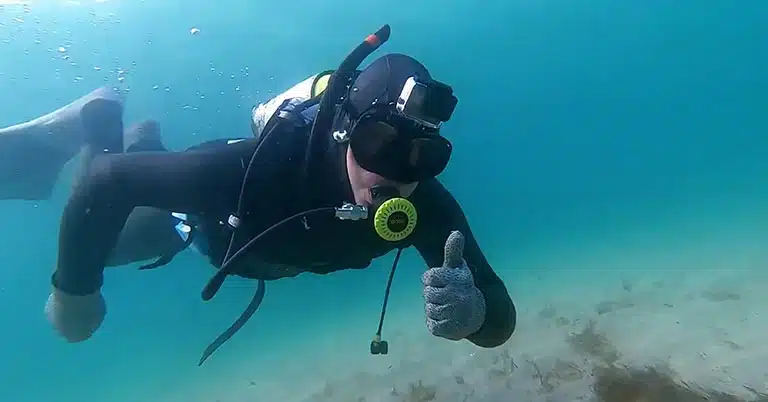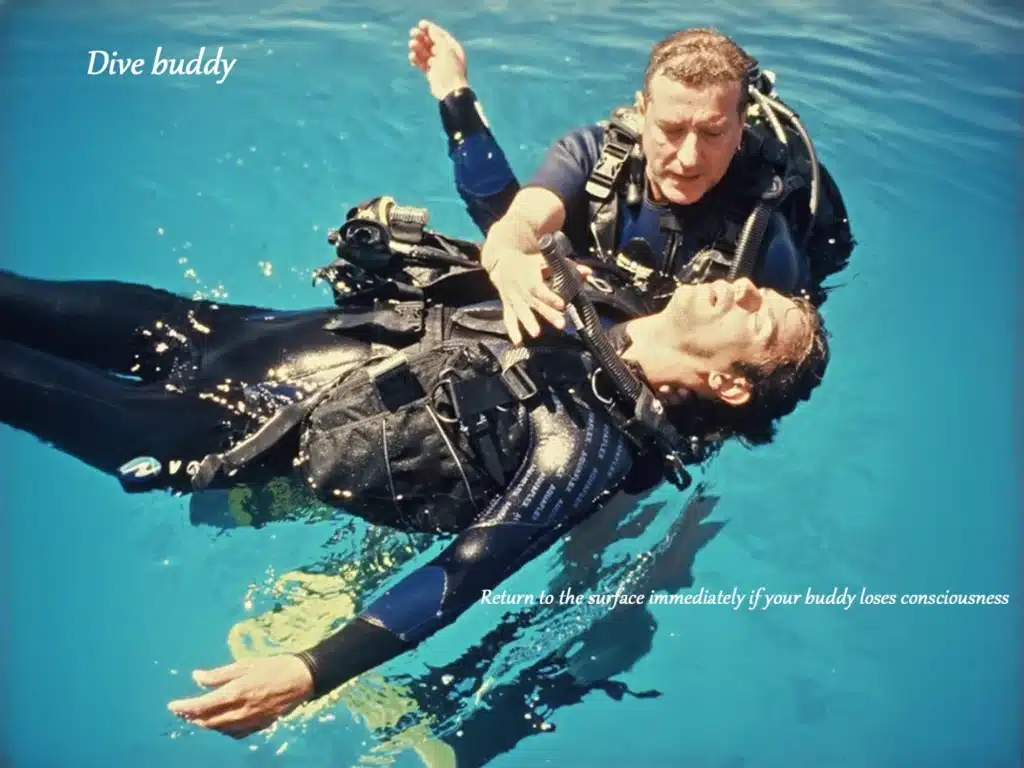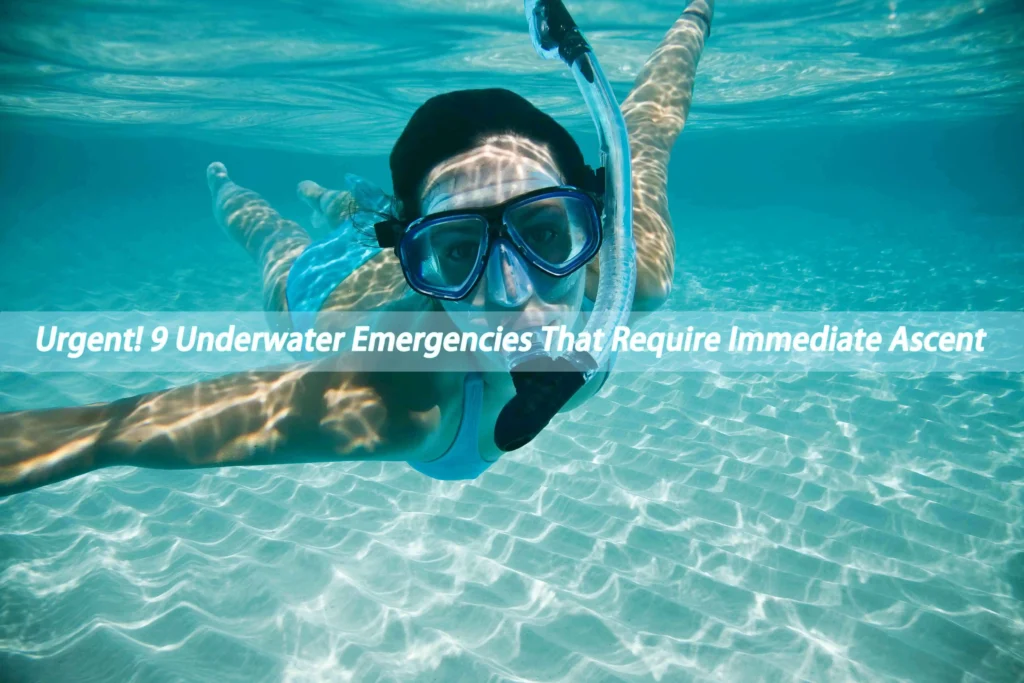Blog
Urgent! 9 Underwater Emergencies That Require Immediate Ascent
The ocean is vast, deep, and breathtakingly beautiful — but it can also be unpredictable. A perfect dive isn’t just about having the right gear and calm seas; it’s about making the right decision when seconds matter.
Even with professional training and reliable equipment, emergencies can strike without warning beneath the surface. In these moments, recognizing situations that demand immediate ascent — and knowing how to do it safely — can save your life.
This guide draws on diving safety standards and real-world cases to guide you through nine underwater emergencies that require immediate ascent to the surface, along with step-by-step safe ascent procedures every diver should master.
Which Underwater Emergencies Require Immediate Ascent?
When the following situations occur, remaining underwater will significantly increase the risk to life. You must initiate emergency measures and ascend to the surface safely.
1. Severe Fatigue or Physical Exhaustion
If fatigue underwater leaves you unable to maintain basic buoyancy or body control, you risk sinking, making an uncontrolled ascent, or running out of air prematurely.
Warning signs:
- Heavy, labored kicking
- Weak or trembling limbs
- Rapid heartbeat or shortness of breath
- Muscle cramps
Response:
- 1. Stop moving, relax, and focus on slow, deep breaths.
- Add air to your BCD (buoyancy compensator device) or use any backup buoyancy aid.
- Signal your dive buddy and prepare to ascend safely.
2. Low Air Supply or Breathing Irregularities
Running out of air is the most immediate and dangerous cause of diving accidents.
If your pressure gauge shows less than 50 bar, or if your regulator is malfunctioning (restricted air flow, water ingress, unusual noises, or irregular breathing):
- Switch to an alternate air source if available.
- Signal your buddy to share air.
- Begin a controlled emergency ascent while maintaining steady breathing.
3. Inability to Equalize Ear Pressure / Severe Head Discomfort
Sharp ear pain, dizziness, nausea, or disorientation could indicate middle-ear barotrauma or the onset of decompression sickness. Continuing the dive could result in permanent hearing loss or disability.
Action plan:
Step 1: Stop descending immediately.
Step 2: Begin a slow, controlled ascent — never rush to the surface.
Step 3: Equalize gently if possible, but do not force it.

4. Major Mask Leak or Loss
A clear view underwater is essential for navigation and safety. Persistent leaking, blurred vision, ineffective clearing, or complete mask dislodgment can trigger stress and panic.
If clearing is unsuccessful, ascend immediately and adjust or replace the mask at the surface.
5. Critical Gear Failure (Regulator or BCD)
Loss of buoyancy control or air supply from equipment malfunction is a high-risk scenario. If repairs cannot be made underwater:
- End the dive immediately.
- Maintain control during ascent.
- Seek buddy assistance for stability and safety.
6. Sudden Illness or Medical Episode
Symptoms like chest tightness, heart palpitations, vomiting, dizziness, limb numbness, or blurred vision may indicate serious issues such as cardiac problems, hypoglycemia, or hypothermia.
Response:
End the dive without delay, and ascend following safety procedures.
Seek medical evaluation as soon as you’re on the surface.
7. Uncontrolled Panic
Panic underwater leads to poor decision-making and dangerous actions, such as ripping off equipment or making an uncontrolled dash to the surface.
Signs:
- Rapid, shallow breathing
- Erratic swimming or grabbing at equipment
- Attempting to remove the mask or regulator
Solution:
If self-calming fails, signal your buddy for help and ascend together in a controlled manner, maintaining steady breathing.
8. Buddy Separation Beyond Safe Limits
The rule is clear: If you lose your dive buddy and cannot locate them within one minute, you must surface.
Why:
Prolonged searching risks “double separation” and increases danger for both divers.
9. Sudden Environmental Change (Strong Currents, Poor Visibility)
Unexpected surges, sediment clouds, or extreme buoyancy difficulty require ending the dive.
Steps:
Deploy a surface marker buoy (SMB).
Begin safe ascent while signaling your position.

How to Return to the Surface Quickly and Safely in an Emergency
It is important to remember That Quick does not mean reckless—reaching the surface must never come at the cost of safety.
The Five-Step Emergency Ascent Method (For most freedivers and scuba divers using lightweight tanks):
Step 1 – Stay Calm and Stop Moving
Cross arms over your chest, hold horizontally, and stabilize breathing.
Inhale slowly, exhale fully to control heart rate.
Assess surroundings and buddy status before moving.
Step 2 – Adjust Buoyancy
Add small bursts of air to your BCD or buoyancy vest to achieve positive buoyancy.
If using a weight system, release quick-drop weights if necessary.
Divers using mini tanks should have an additional buoyancy aid or vest pre-equipped.
Step 3 – Signal for Help
Use the “ascend” hand signal.
Hold onto your buddy if possible, allowing them to help regulate ascent speed.
Step 4 – Ascend Slowly and Safely
Do not exceed 18 meters (60 feet) per minute.
Perform a 3-minute safety stop at 5 meters (15 feet) if possible.
Watch for boats and other hazards as you near the surface.
Step 5 – Secure Surface Position
Fully inflate the BCD for positive buoyancy.
Signal for assistance using arm waves, whistle, or SMB.
Prevention: Preparation Before the Dive
To reduce the likelihood of needing an emergency ascent, follow these preventive measures:
- Health Check: Ensure you are in good condition, with no colds, excessive fatigue, or unmanaged chronic illnesses.
- Gear Inspection: Verify tank pressure, regulator function, BCD inflation, and mask seal.
- Buoyancy Skills: Practice neutral buoyancy, quick weight release, and emergency deflation techniques.
- Surface Support: Inform dive site staff of your route, planned time, and return method.
- Mental Readiness: Learn emergency protocols and build confidence in handling unexpected situations.
Final Thought: Underwater, Your Greatest Asset Is Calm
Diving is an extraordinary blend of exploration and self-discipline. When emergencies strike, remember:
“Reason is faster than reflex, and calm is safer than strength.”
Whether you’re freediving, scuba diving, or using a mini air tank, respecting underwater risks and knowing when — and how — to surface is the key to coming home safely.
